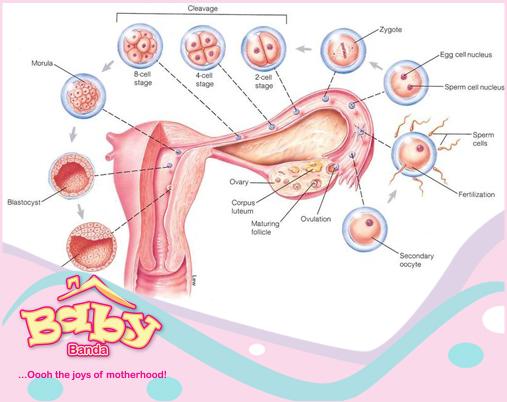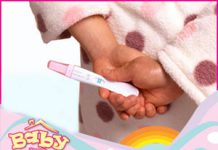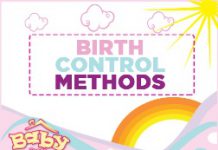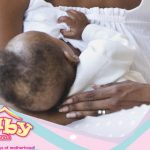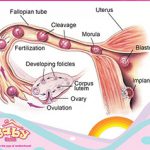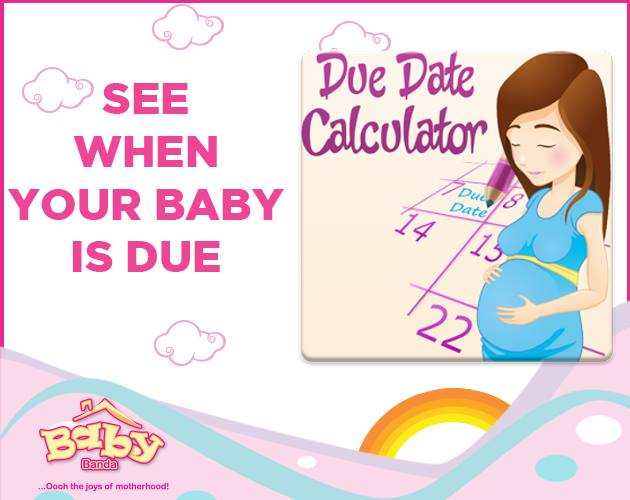Once the egg is released from the ovary (ovulation), it can live for about 24 hours. Once sperm move up the female reproductive tract (through the cervix and into the uterus) after ejaculation, they can usually live for about 48 hours. Fertilization, when the egg joins with the sperm and forms the oocyte, usually happens within 24 hours of intercourse. The fertilized oocyte then implants into the uterine wall by 5-7 days after fertilization.
Following implantation:
• The developing placental tissues secrete a hormone that helps maintain pregnancy
• The corpus luteum of pregnancy, as this is now called, produces the oestrogen and progesterone required to maintain the pregnancy until the placenta takes over this function. If the ovum is not fertilized by a sperm, the corpus luteum regresses, levels of oestrogen and progesterone drop off, the lining of the uterus begins to slough off and pass through the vagina, and menstruation begins the reproductive cycle again.
A woman’s fertile days depend on ovulation as well as the life span of the egg and the sperm. The egg and sperm are most likely to join and you become pregnant when unprotected sexual intercourse takes place during the 2 days before ovulation or on the day of ovulation. It is also possible a day or 2 after ovulation. Most women ovulate between 11 and 18 days after the first day of their last period. This is the time when women are most fertile and most likely to get pregnant. But the time of ovulation can be different from month to month and different between different women. Therefore, a woman could potentially become pregnant if she has unprotected sex on most days of her menstrual cycle.



